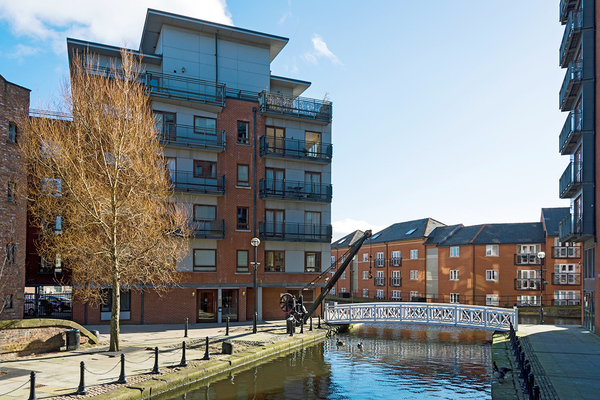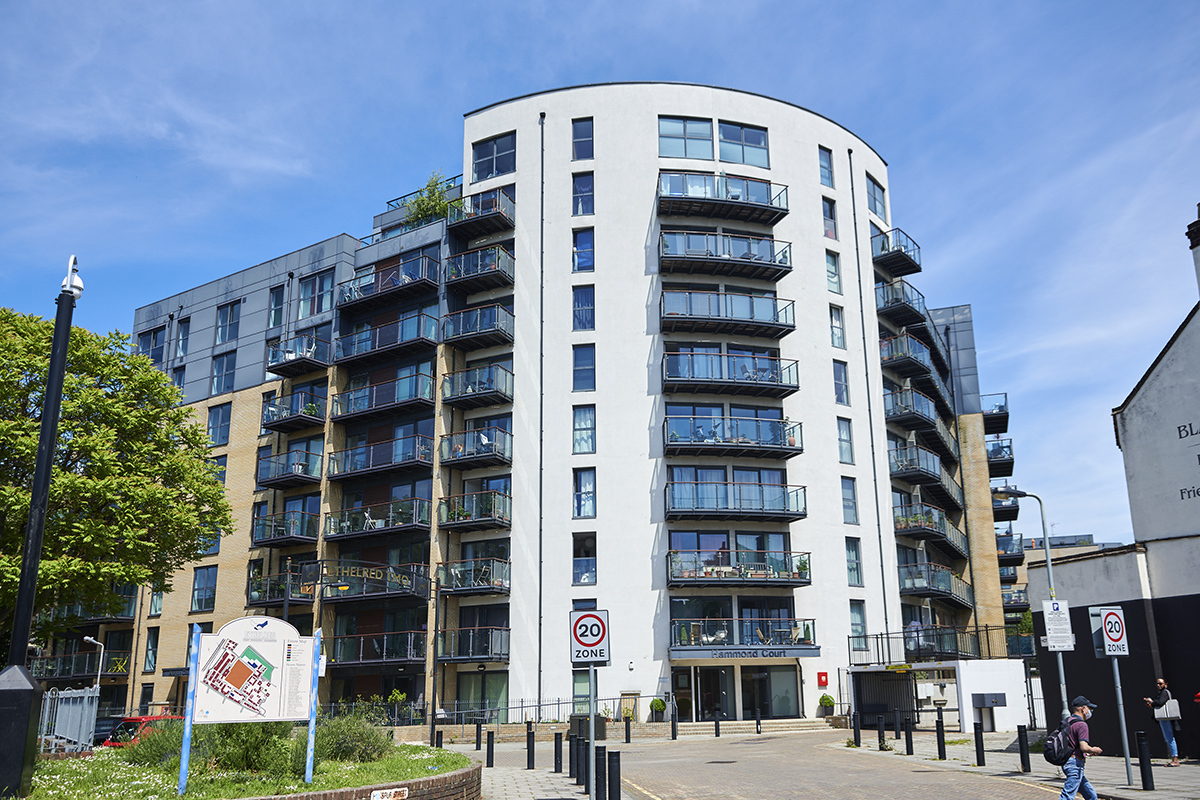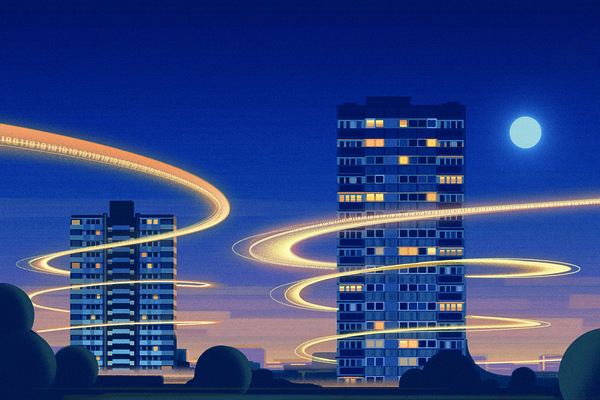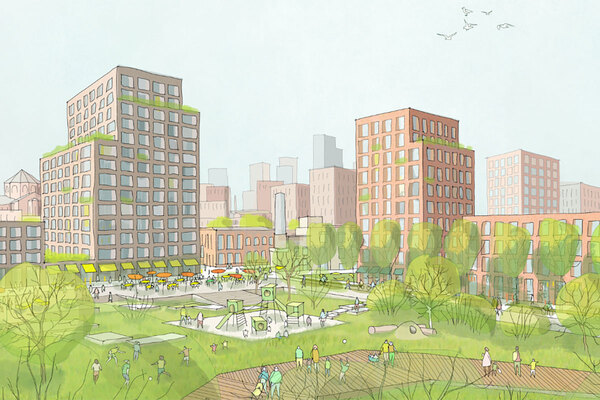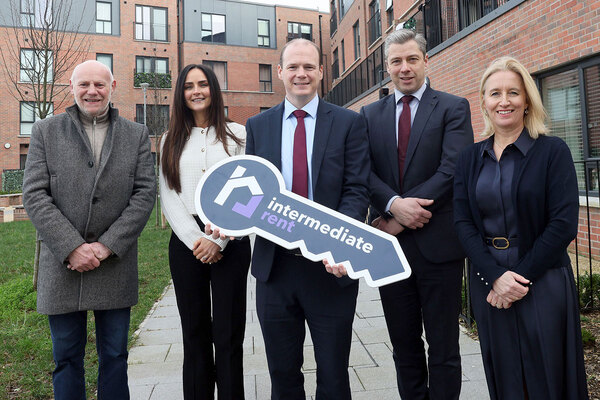A second wave of cladding remediation: the story of Green Quarter
Leaseholders at a Manchester development celebrated victory in 2019 when it was announced that their dangerous cladding would be remediated. But now, they are back to square one. Dominic Brady reports
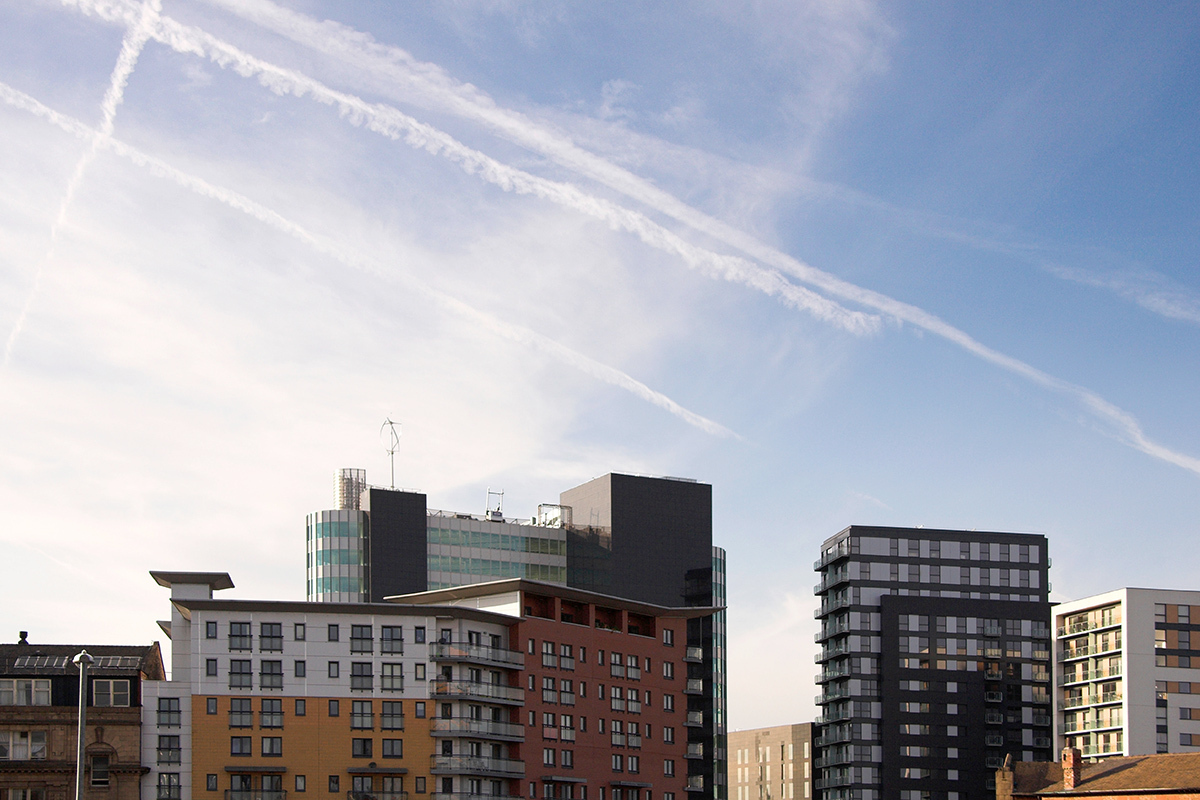
When leaseholders at the Green Quarter development in Manchester learned in 2019 that they would not have to foot fire safety remediation bills worth £10,000 each, they breathed a collective sigh of relief.
After nearly a year of legal wrangling – in which a tribunal ruled leaseholders would have to pay – an agreement was eventually reached for a finance package between the developer, freeholder and insurance provider to cover the costs to remove Grenfell-style aluminium composite material (ACM) cladding.
The cladding was later removed in 2020 and leaseholders recounted to Inside Housing their relief that their buildings were now safe, without having to pay with crippling remediation costs.
But this was not the end of the story.
Fast-forward to May this year and the leaseholders have travelled back in time. They are once again awaiting huge bills.
The Green Quarter development, which was one of the first to be identified as having dangerous Grenfell-style cladding, did not see its highly combustible ACM removed until May last year. During this time, leaseholders were urging their freeholder to conduct a further External Wall System 1 (EWS1) survey to find out about other parts of the buildings.
A survey was not completed until after the ACM was removed and the results delivered an unimaginable setback for the leaseholders when they arrived last month.
Missing cavity barriers, problematic terracotta tiling systems, wooden balconies and combustible Kingspan K15 insulation were all found on the development. The cost for works to fix these issues now stand at £36,000 per flat – more than the initial bill for ACM removal.
Lendlease, the firm that previously sold leaseholders the properties at Green Quarter, says it understands the distress felt by residents and points out that it was one of the three organisations which provided a finance package for the initial remediation.
Leaseholder Simon Harrison tells Inside Housing: “We were one of the first buildings in the country to have been identified as having issues. We followed government guidance and got the ACM removed as soon as possible, but we are now being punished for being proactive because the goalposts have moved. It feels like we are back to square one.”
The Green Quarter saga can be seen as the building safety crisis in microcosm. Early focus was specifically on ACM cladding, which was removed. But subsequent changes to the guidance meant that more issues have been discovered and all the while the government’s position has been changing.
Instead of dealing with the development’s deficiencies in one go, leaseholders’ struggles have been dragged out and have staggered along in line with government guidance.
Leaseholders now face an anxious wait to see if their application to the government’s £1bn Building Safety Fund is approved. But they already know that the cost of remediating their timber balconies, which are not covered by the fund.
“We are having to pay £10,000 each to have 12 bits of timber removed from each balcony,” explains Nick White, another leaseholder at Green Quarter.
Given that it needs to be funded separately, the work will need to be carried out separately, meaning it will last for several years to come.
“The work will take 14 months to complete, but then the balconies need to be done separately. So in all we are looking at three waves of remediation and we are likely to have to pay £36,000 each if our Building Safety Fund application fails,” Mr White continues.
Mr Harrison says that overall the remediation saga means leaseholders will have been trapped in their properties for six to seven years before all the work is completed.
Rebekah Turner, who also lives at Green Quarter, tells Inside Housing that the whole process feels like being stuck in a “nightmare”.
She adds: “It was emotionally stressful and time-consuming in the first instance, but we got it done. There is no recognition of the huge mental health impact on us.
“I can’t quite believe that I’m in this position again, because at the time we though it was done. It’s all because the guidance changed over time and who is to say that it won’t change again?”
A spokesperson for Lendlease said: “We helped find a solution so that residents of two buildings at Green Quarter did not need to pay for the replacement of ACM cladding, which was completed successfully last year.
“And we’ve also welcomed funding announced by the government, which we believe the current freehold owners of those buildings may be able to access if further improvement works are needed to meet the latest guidance.”
Building insurance for properties at Green Quarter was provided by East West Insurance Company, which went into administration late last year.
Administrators of East West said: “The administrators are working closely with the Financial Services Compensation Scheme and payments for valid insurance policy claims continue to be made. Remedial works on insured properties have been, and will continue to be, carried out as necessary.”
Freeholder Pemberstone said that some issues with the properties have only recently come to light, including the discovery that Kingspan had withdrawn fire testing information for its product which said it was suitable for use on buildings taller than 18m.
A spokesperson added: “The omission of some cavity barriers was agreed between the design and construction team and Manchester City Council’s building control department around 2006 – many years before we acquired the freehold of the properties. However, the current view of fire engineers is that this is not satisfactory.
“We have applied to the government’s Building Safety Fund and we await further announcements on the Kingspan product.”
A Ministry of Housing, Communities and Local Government spokesperson said: “We have been clear throughout that owners and industry should make buildings safe without passing on costs to leaseholders – and we will ensure they pay for the mistakes of the past with a new levy and tax to contribute to the costs of remediation.
“We know many people are worried – which is why our priority is making sure residents are safe and feel safe in their homes by removing dangerous cladding from the highest risk buildings as quickly as possible backed by over £5 billion."
MHCLG also noted that the EWS1 process was launched by the Royal Institution of Chartered Surveyors and should mean 500,000 leaseholders no longer require an EWS1 form.
Update: at 3:40pm, 09.06.21
This story was updated to include Pemberstone’s response.
Update: at 9:00pm, 09.06.21
Story edited to include MHCLG response
Pemberstone’s response in full
A spokesperson for Pemberstone said: “Vallea Court and Cypress Place were among the first apartment buildings to have combustible ACM and Trespa cladding removed and this work was done at no cost to leaseholders. This remedial work was successfully completed and a review by an independent fire engineer has also confirmed that it met the relevant safety standards.
“However, new government regulations that were subsequently introduced focus on other external walling types besides ACM and Trespa. These large buildings incorporate several different external walling systems and issues have been identified with one of these other walling types. These stem from the use of Kingspan insulation and the insufficiency of cavity carriers within that particular walling system.
“The Kingspan product did have the relevant fire safety test certificate, but Kingspan withdrew the safety certification last year due to issues identified in its manufacturing and testing processes. This creates an unsatisfactory situation where fire engineers are not prepared to confirm any walls containing these products are satisfactory, although their use was widespread.
“The omission of some cavity barriers was agreed between the design and construction team and Manchester City Council’s building control department around 2006 – many years before we acquired the freehold of the properties. However, the current view of fire engineers is that this is not satisfactory.
“We have applied to the government’s Building Safety Fund and we await further announcements on the Kingspan product.
“Aside from the government’s new building regulations, there now exists the EWS1 system which has been created by the mortgage industry and RICS [the Royal Institution of Chartered Surveyors]. This system has its own guidelines that fire engineers who issue EWS1 certificates must follow in determining which rating level to apply to the building.
The fire engineers consider that unless the existing timber flooring to the balconies is replaced with a non-combustible alternative, they are unable to issue an EWS1 certificate that is anything other than a ‘B2’ rating. This is something that may cause apartment owners issues on sale and mortgage eligibility.
“It is also our understanding that even if and when the point is reached where the issues with the external walls’ Kingspan and cavity barriers are resolved (these issues also require a B2 rating), the timber balcony floors would continue to justify a B2 rating for the whole building.
“This situation is complicated by the fact that the balcony flooring belongs to each apartment and its maintenance and repair is the apartment owner’s responsibility, not the landlord’s. Whereas on the one hand the balconies might be considered to be a matter for individuals, the B2 rating for EWS1 purposes may impact on all leaseholders.
“We have instructed the building managers to work with the apartment owners to try and identify as cost-effective an option for them as possible. It should be recognised that the landlord does not have control over this work, although we do appreciate the collective difficulties inherent in the fact that the apartment owners have individual control and responsibility for this area.
“This is clearly a complex situation and we continue to explore options in order to find the best solutions.”
Sign up for our fire safety newsletter
Already have an account? Click here to manage your newsletters
